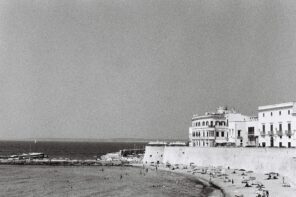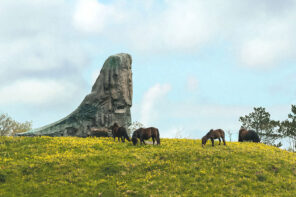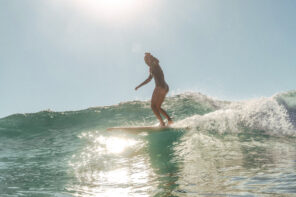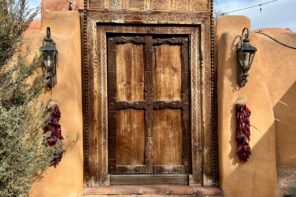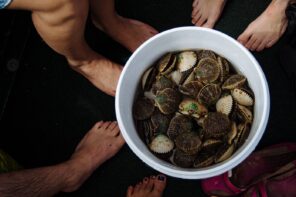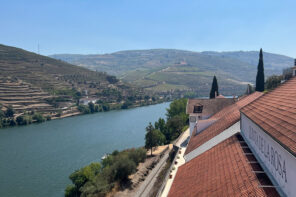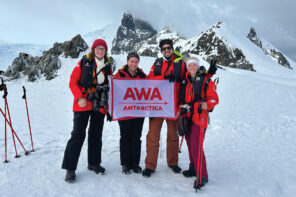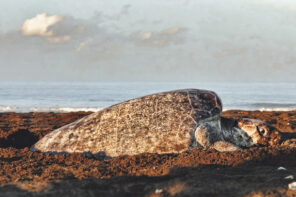Any Way The Wind Blows
East to West, actually.
Trade Winds, so named because if you had a ship full of goods to sell or trade and no way to get it to the place you wanted to sell or trade it other than your sailing vessel, a reliable and predictable wind that always blew in the same places in the same direction would be pretty nifty. Sailors knew about them in the 17th century, probably earlier. The trade winds are a band of winds above and below the equator, thanks to the Earth’s rotation, blowing east to west. To the Indies—or America if you’d known that was in the way—and leaving from Spain. In addition to trade, they drive many currents and a helluva lotta the weather systems on the planet.
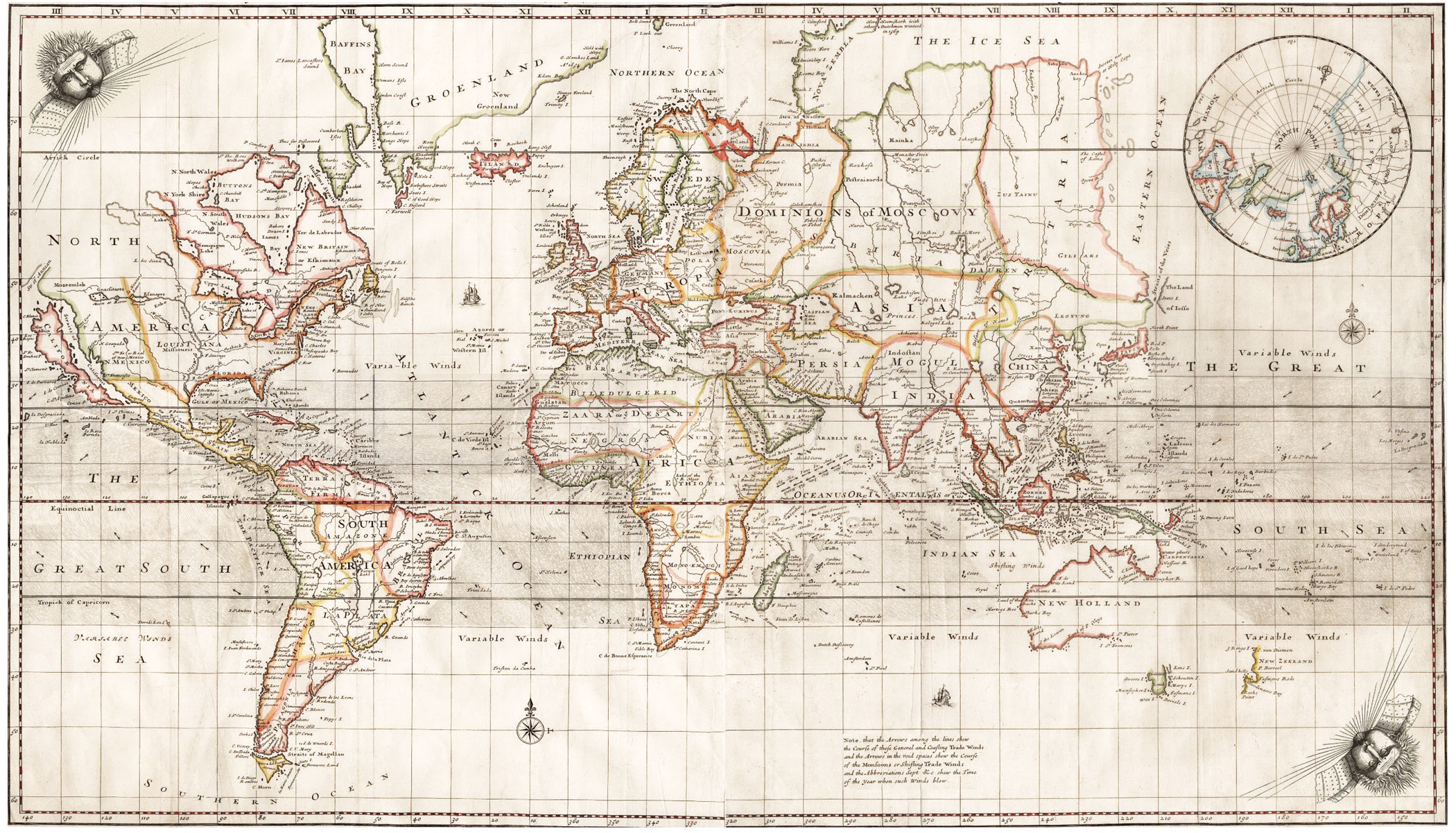
These same trades that so directly blow my good ship on; these trades, or something like them—something so unchangeable, and full as strong, blow my keeled soul along!
–Ahab, Moby-Dick by Herman Melville
Recorded by Roberta Flack in New York City in early 1969 during the First Take sessions for Atlantic, “Trade Winds” is a lovely ballad about social change that did not appear on the album but reached record stores as the B-side to “The First Time Ever I Saw Your Face,” which became a number one hit after being featured in the 1971 Clint Eastwood film Play Misty for Me.
In 2016, Tradewinds, a more than 50-year-old bar in Sonoma County, California that was showing its age and one of approximately 70,0000 restaurants, bars, real estate offices, golf clubs, hotels condominiums and resorts with that name, appeared on an episode of Bar Rescue. Host Jon Taffer overhauled everything but the name.
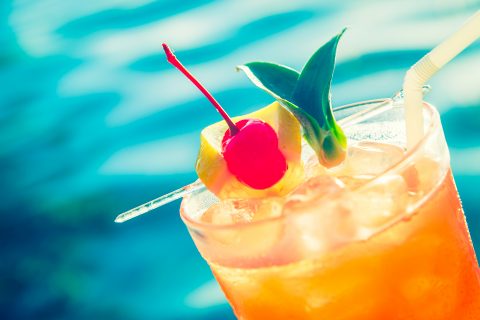
Reportedly created in the Caribbean in the 1970s at the tail end of the Tiki craze, Tradewinds is a cocktail comprising aged rum, white rum, apricot liqueur, lemon juice and cream of coconut.
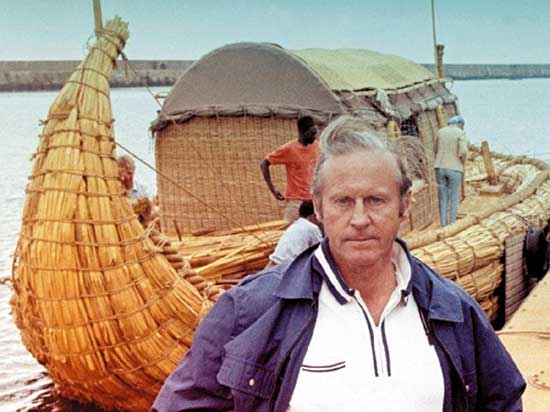
In 1970, Norwegian adventurer Thor Heyerdahl set out to prove a hypothesis that the ancient Egyptians could have traveled along with the trade winds in reed rafts bringing cotton, beans and the idea to build pyramids to the Americas. He sailed two rafts made of papyrus reeds across the Atlantic from the Phoenician port of Safi, Morocco to Barbados, making the 3,300-mile voyage in 57 days.
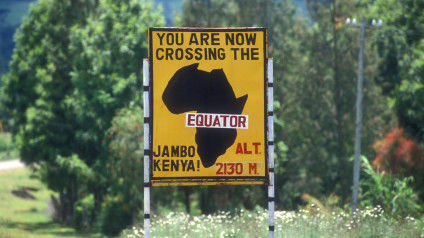
The sun really hits the equator hardest, creating intense heat which rises carrying with it the moisture that fuels tropical storms, and as that column of air and moisture rises, it cools and falls to the north and south of the equator in a process called the Coriolis effect. The approximately 10°-band in the middle, where there is little to no wind, is the doldrums and you don’t want to get caught in them.

